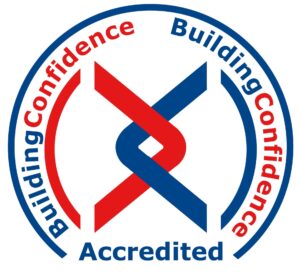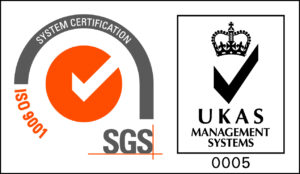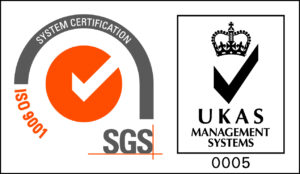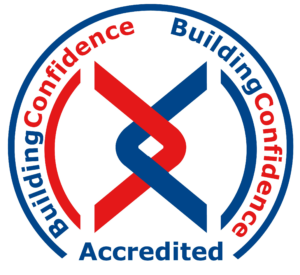GRP Ballast Retention
Keep ballast or soil in place simply with Step on Safety’s ballast retention GRP Grating and GRP profiles.
- Can be made bespoke to location and loading
- Standard thickness 50mm mesh or solid-top
- Lightweight option compared to steel or concrete
- Long-lasting with minimal maintenance
- A solution for ballast/soil retention on embankments, along trackside and HCE on bridge applications
- Class 1 fire resistant
What does Rail Ballast do?
Track ballast forms the trackbed upon which railroad ties (sleepers) are laid. It is packed between, below, and around the sleepers. It is used to distribute the load from the sleepers, to facilitate drainage of water, and also to keep down vegetation that might interfere with the track structure. (Interestingly, the term “ballast” comes from a nautical term for the stones used to stabilize a ship!) It is essential for ballast to be piled as high as the ties, and for a substantial “shoulder” to be placed at their ends. The latter is especially important, because the ballast shoulder is the main restraint to lateral movement of the track. The ballast shoulder should be at least 150 mm wide, and may be as wide as 450 mm. Ballast Retention systems are designed to prevent ballast from moving away from where it’s needed while still allowing access for maintenance engineers to clean, top up or replace it.
Sources
https://en.wikipedia.org/
Find out more
Call today to discuss your requirements
Mon-Fri 8:30am to 4:30pm























